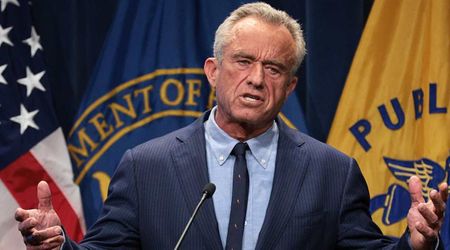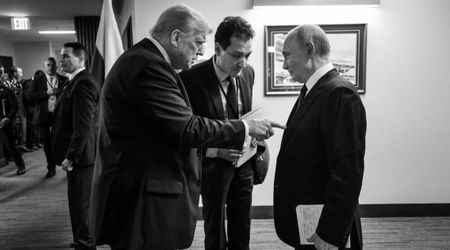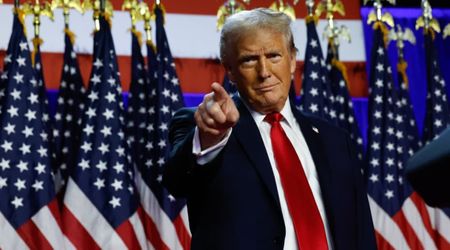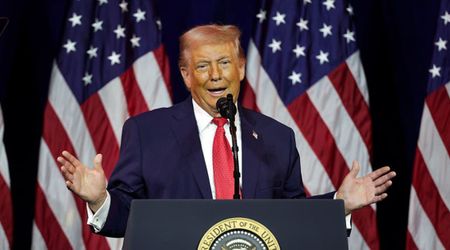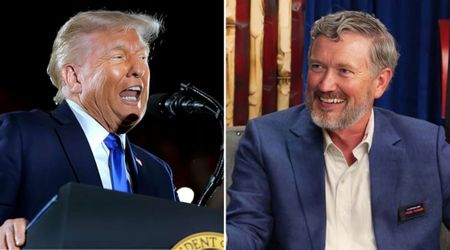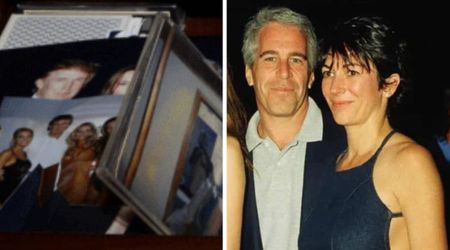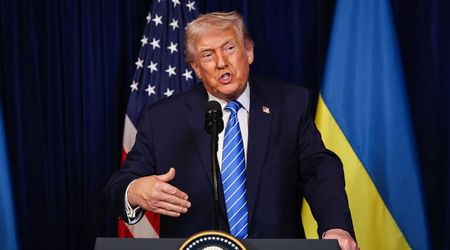Trump ear reconstruction: Plastic surgeon reveals former POTUS would need $10K surgery on right ear

Trigger Warning: This article contains some graphic information and content that may trigger some readers. Discretion is advised.
PALM BEACH, FLORIDA: Former President Donald Trump may require up to $10,000 to restore his appearance following a recent assassination attempt.
The attempt on his life, which occurred during a Pennsylvania campaign rally last week, resulted in a portion of his right ear being shot off, according to the Daily Mail.
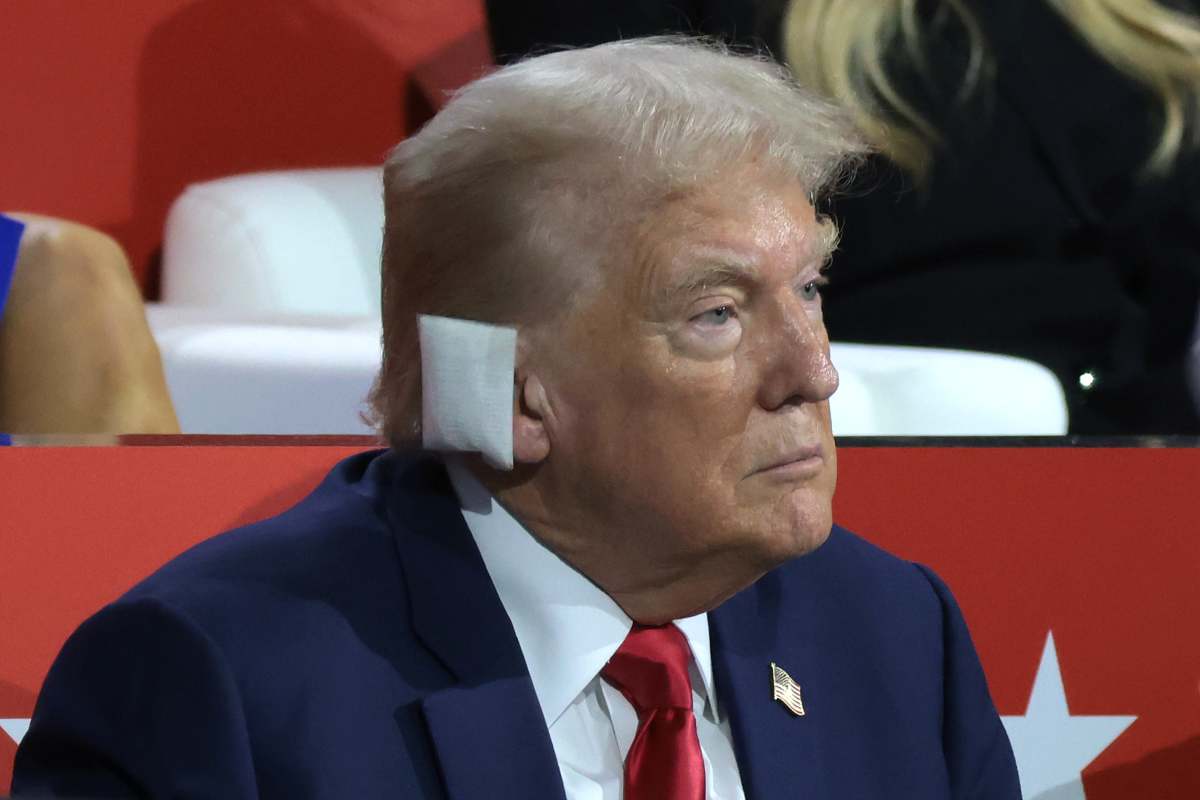
Subsequently, a plastic surgeon revealed that the ex-president would need surgical intervention to repair his ear, which was visibly bandaged during his appearance at the Republican National Convention in Milwaukee this week.
According to former President Trump, the shooting caused him to lose the upper third of his ear when the bullet “pierced” it and “ripped through” the skin.
What did the plastic surgeon recommend to Donald Trump for his injured ear?
Dr Dennis Dass, a board-certified plastic surgeon out of Beverly Hills, California, who has treated many damaged ears, stated that repairing the injury could be quite “complex,” depending on the extent of the gunshot wound.
“An ear reconstruction is typically a complex procedure depending on the size and location of the defect,” Dr Dass informed the aforementioned outlet. “But the upper third of the ear, that is actually one of the easier areas to reconstruct.”
Following the shooting incident, bandages were used to wrap the 78-year-old's wounded ear to control the “off and on” bleeding, and these bandages are expected to be in place for a few days.

Doctors disclosed that Trump may have also received antiseptic treatment to prevent infection of the open wound.
Unless the MAGA strongman intends to embrace the injury like a badge of honor, he will likely need to undergo a reconstructive surgery known as a helical advancement flap, which can cost up to $10,000, and may take one to two hours to complete.
During the procedure, if the missing part of the ear cannot be reattached, surgeons first remove any damaged area of the ear as well as scar tissue.
They then make an incision along the inner rim of the ear to free the skin in order to close the wound.
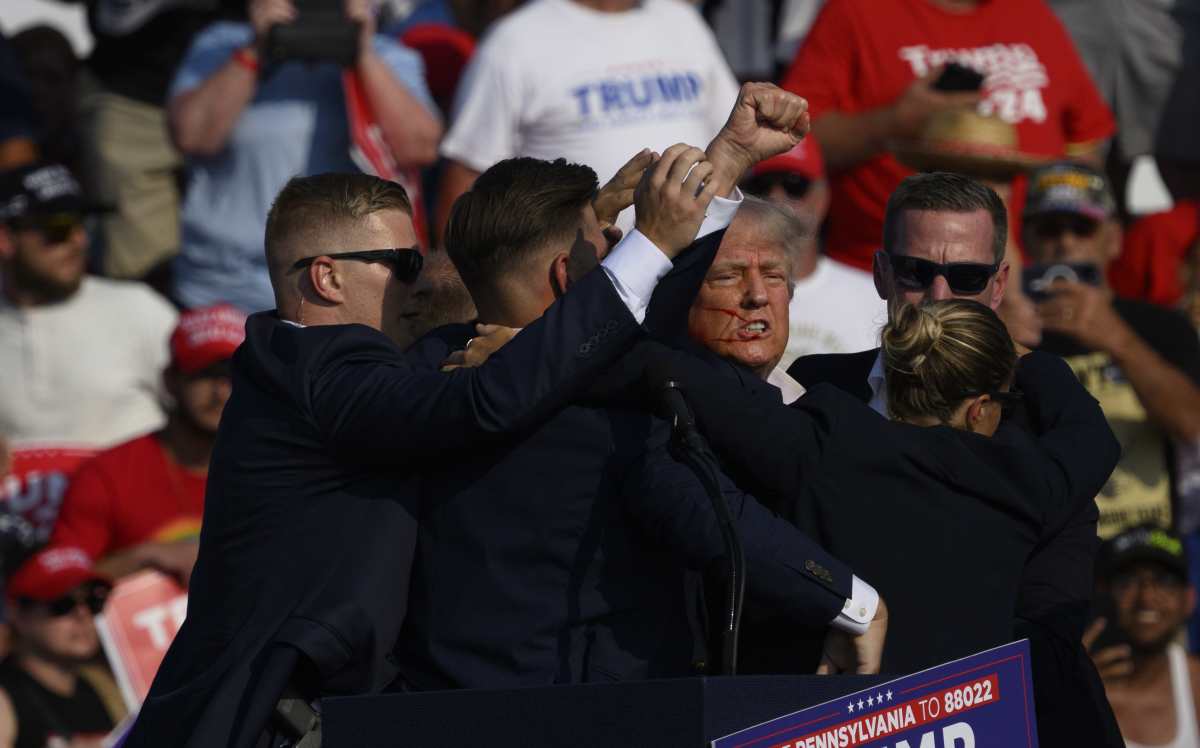
This allows them to “rotate” neighboring healthy tissue, including cartilage and skin, over the affected area, restoring the ear's natural shape and improving its appearance.
Stitches are placed to hold the stretched skin in place for approximately a week, with the patient’s ear making a full recovery within six weeks.
Damage to Donald Trump's ear will not impact hearing
The healing process is not expected to come in the way of Donald Trump's campaigning, and Dr Dennis Dass noted that the surgery may leave a “small mark,” but it would be minor compared to the initial damage inflicted on the ear.
This surgery is typically performed under local anesthesia, with patients remaining awake while the skin around the ear is numbed.
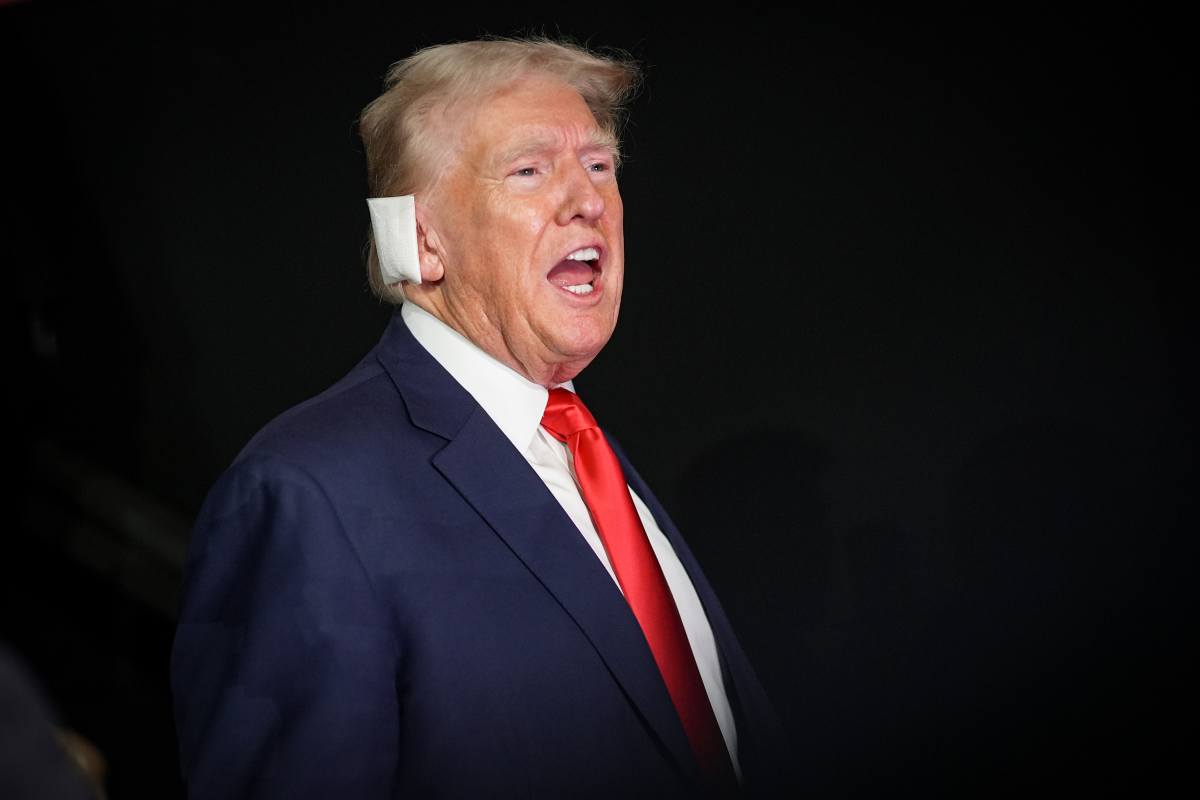
Trump’s team has not disclosed whether the former president plans to undergo any type of surgical procedure on his ear.
“I am hoping for his sake that it is a rather small injury and the reconstruction can be pretty simple,” Dr Dass remarked, adding. “It is a very unfortunate situation that he has been in, and it was simply horrifying.”
“I wish President Trump well, and hopefully we can get a beautiful cosmetic result for his ear,” he added.
According to Dr Dass, in the event of more extensive damage, the former president may require more invasive surgical procedures.

These could potentially include a wedge closure surgery, involving the removal of a triangular section of the ear, including the affected area, followed by suturing.
Alternatively, a local skin flap surgery may be performed, entailing the loosening and repositioning of the skin surrounding the ear to cover the injured area.
It is believed that the external damage to Trump's ear will not impact his hearing, although the proximity of the passing bullet may have had an effect.
Trump has not publicly addressed any potential hearing loss resulting from the incident. Dr Dass has limited experience with patients sustaining gunshot injuries to the ear, noting that such cases often involve injuries to the head as well.
His prior surgical experience includes ear reconstructions following cancer treatment, where the cancerous area is excised, as well as repairs for injuries resulting from torn-out piercings.

